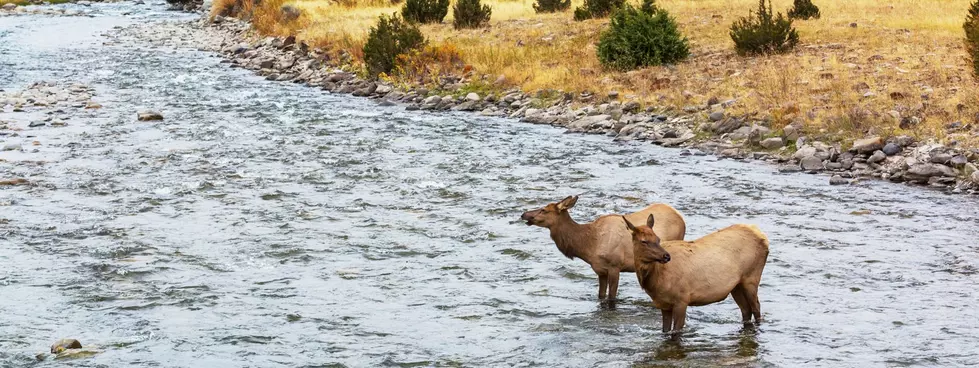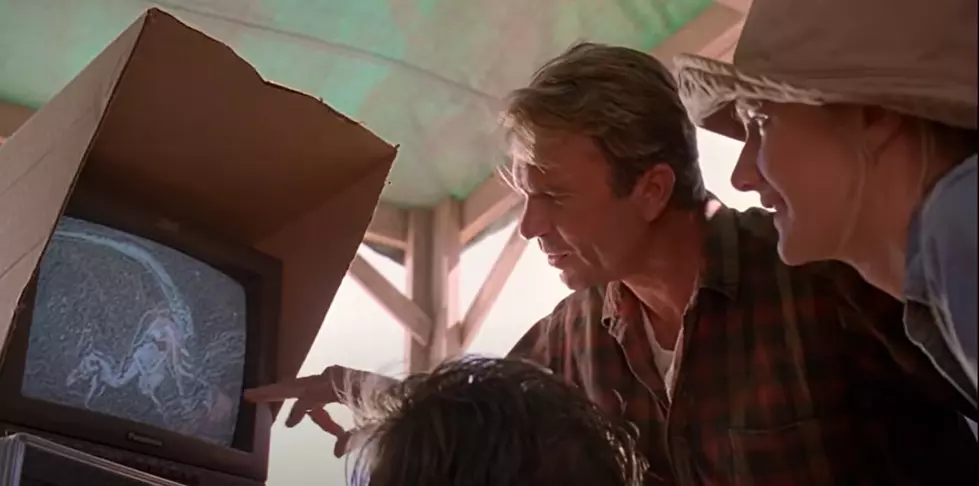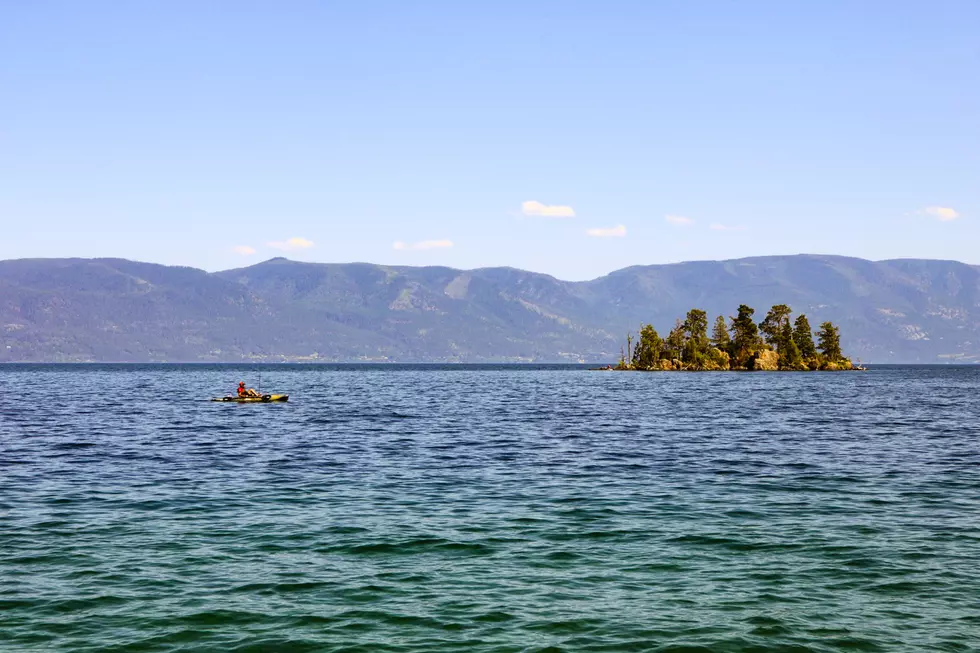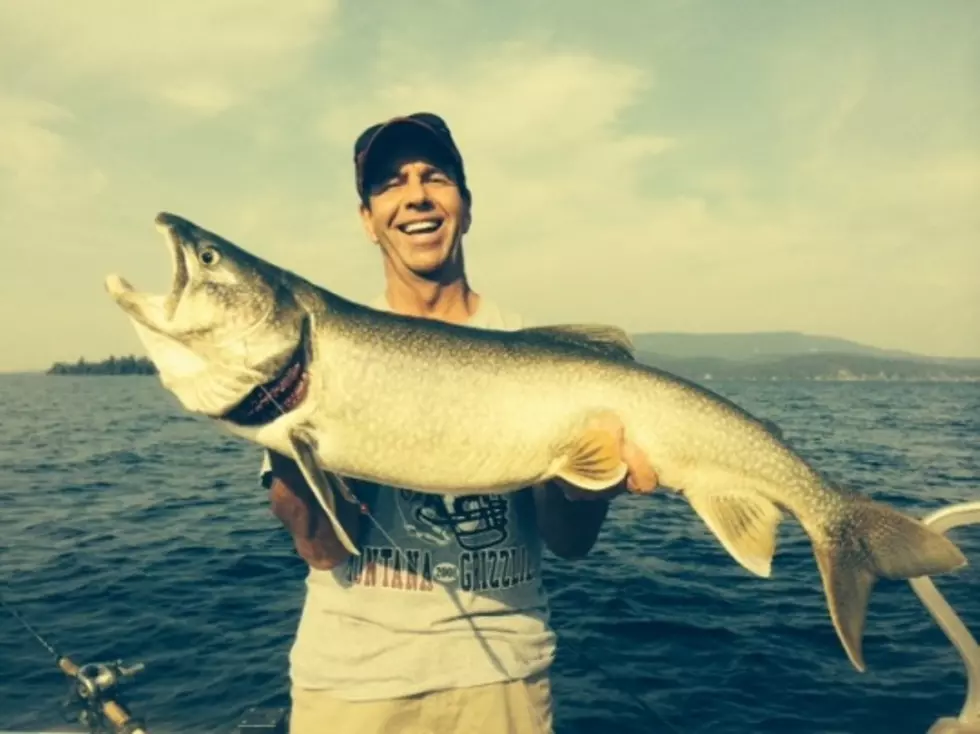
Century-Old Logs Put To Use
I drive out to Bonner several times a day and always wonder when the logs in the Blackfoot River will be pulled out. Since the dam was removed and the water level is now drastically lower, hundreds of old mill logs line the banks and bottom of the Blackfoot River. It's nice to see someone taking care of the logs in Flathead Lake.
There's nothing particularly conspicuous about the two pontoon boats bobbing on Flathead Lake's Somers Bay on a mid-April day, but that's only because the unusual activity surrounding those boats is happening underwater.
Divers in dry suits are searching the bottom of the bay for logs that sunk decades ago. When they find them, they attach eyebolts and ropes to them. The logs are hauled into position beneath and between pontoons and are driven to shore for a future in the specialty wood products marketplace.
Flathead Lake logging started late last year, with fewer than 30 logs being retrieved.
"We only had about five days and it was cold and icy so we just stopped," said Jim Cancroft of Northwest Management, a forestry firm based out of Moscow, Idaho.
But work has resumed since the week of April 4, with about 50 logs retrieved from the bay in the first week.
"This is the 18th we've gotten today," said Northwest Management forester Bill Coats, seeing off a truckload of logs at the Somers boat ramp on a calm day last week.
The goal is to retrieve a total of 400 logs by early May, and then Northwest Management will have to purchase a permit from the Montana Department of Natural Resources and Conservation to continue operations for another year.
Coats said there are some estimates that indicate there may be as much as 40 million board feet of sunken logs at the north end of Flathead Lake, all remnants of logging that occurred in the first half of the last century.
"But nobody knows" how much submerged wood will eventually be recovered, Coats said.
Northwest Management has an agreement with the state to continue operations for 10 years under an environmental assessment that was approved by the state Land Board last fall. Operations will continue as long as the returns exceed the costs, Coats said.
For now, logs are abundant in Somers Bay, remnants from the Somers Saw Mill that was operated by the DeVoe family from 1901 to 1957, when the mill burned down and was never rebuilt.
Logs were delivered to the mill during great log drives down the Flathead River, with some sinking during transport and the rest being "stored" on the water along the shores of Somers Bay.
Butts of the logs owned by the DeVoe family were stamped with a signature brand, an "N" inside a circle. Those logs are being separated by Northwest Management to pay a stumpage fee to the DeVoe estate under an agreement. A stumpage fee is being paid to the state for logs that don't bear the DeVoe brand.
Sunken logs were remarkably preserved in the cool and clear waters of Flathead Lake, and can be milled into "historic timber" with unusual hues of color due to their exposure to water. Most of the logs recovered so far are less than two feet in diameter, and Coats estimates they were about 80 to 100 years old when they were cut down by loggers using crosscut saws and axes. Some logs still have visible ax marks at their butts.
Northwest Management intends to market the logs, which are mostly ponderosa pine and western larch, for high-end prestige purposes, such as tongue-and-groove flooring, table tops and molding.
"I've been telling people this is Montana history," said Coats, who is confident in the marketability of the logs. "We really think we can just sell it all."
One customer is using the wood for bartops at a new Missoula bar, Coats said, and Northwest Management had a bench crafted as a gift for Montana Gov. Brian Schweitzer, who was a strong supporter of the project.
Logs are being decked at a rented property on North Somers Road, and the plan this year is to have them milled at Timberland Wood Products in Bonners Ferry, Idaho, a specialty mill with kilns that are necessary for wood that has been underwater for decades.
"Obviously, you've got to have dry kilns," Coats said.
Pulling logs off the bottom of the lake may appear to be difficult, heavy lifting, but it's not.
"They've been coming up pretty easy," said Jay Barth, one of three local divers who is working on the project.
In some cases, inflatable air bladders are attached to the logs to raise them, but recently a wench fixed to one of the pontoon boats has been used to hoist the logs.
So far, the diving aspect has been uncomplicated as well.
"The visibility isn't the greatest, so we have to swim ... You'll swim a ways and they'll be all over the place," said Barth, who believes the clusters of logs may be indicative that logs were bundled before sinking after the mill burned down.
With the lake still seven feet below its full pool elevation, divers have been working in less than 15 feet of water. That improves dive safety, and air tanks last longer than they would in deeper water. More importantly, divers can work all day in shallow water, without the nitrous gas limitations that come with deep water dives.
Barring windy days when waves can delay operations, Coats anticipates the divers will bring up an average of about 30 logs a day.
Operations are expected to be curtailed once summer months arrive. The Somers Bay state park is notoriously jam-packed with vehicles and trailers and the bay itself is busy with watercraft.
Barth said the low-key operation has attracted attention from curious people. "Actually, we've had some contractors asking about how to get the lumber," he said.
Northwest Management will soon have a stand-alone website for the project and its products, but information is currently available at the firm's website under "Flathead Lake Historic Timber" at: http//www.consulting-foresters.com.
Story From the Associated Press
More From 94.9 KYSS FM









